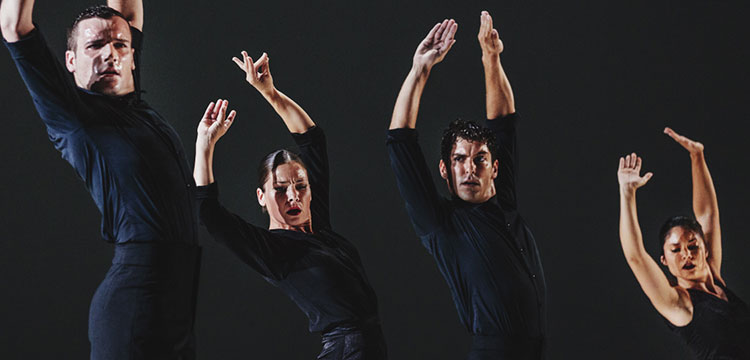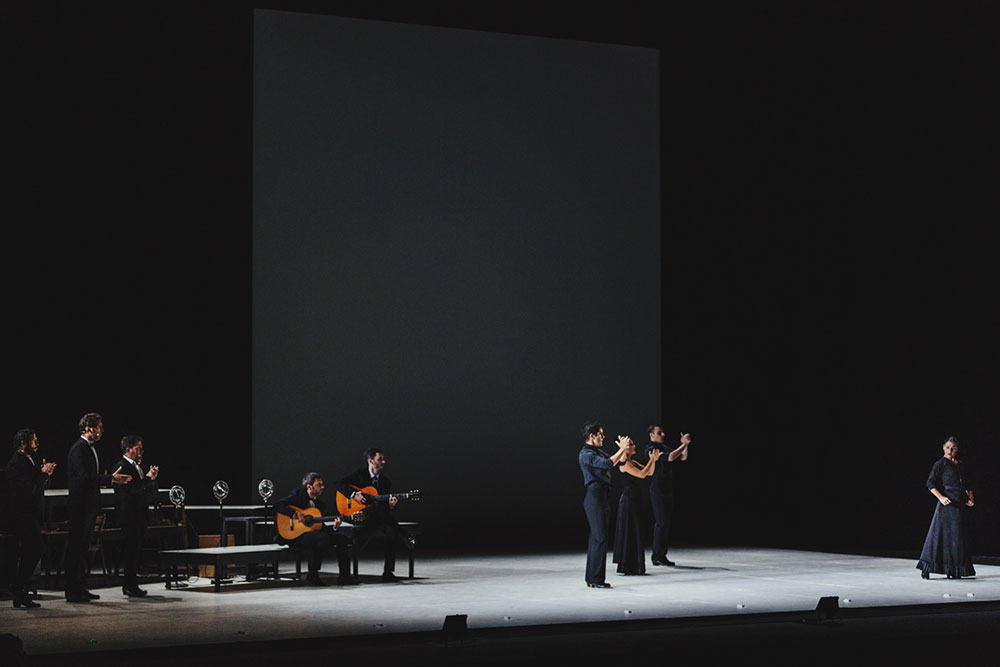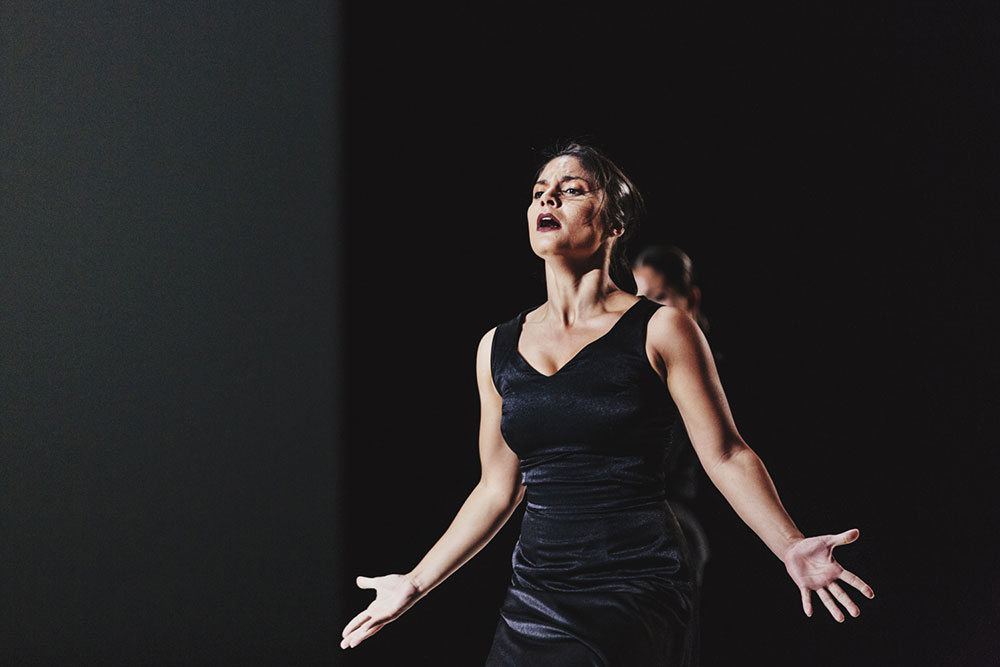Flamencolorquiano. Artistic director and choreographer: Rafael Estévez. Original idea and choreography: Valeriano Paños. First dancer: Valeriano Paños. Soloists: Sara Jiménez, Macarena López. Corps de baller: Julia Acosta, Nadia González, Gloria del Rosario, Carmen Yanes, Martí Corbera, Borja Cortés, Ricardo Moro, Iván Orellana and Alberto Sellés. Voice: Sebastián Cruz, Vicente Gelo, José Luis Pérez-Vera. Guitar: Juan Torres and Pau Vallet. Guest artist: María Terremoto. Teatro Maestranza. September 24th, 2018. Full house.
Sara Arguijo
The curtain hasn’t even gone up, and already I have that heavy feeling knowing that I’ll have to sit through yet another flamenco show that borrows the name of Federico García Lorca, most likely in vain. And worse yet, more as a source of income than a source of inspiration.
Are there not other poets, painters and universal Andalusians interesting enough to bring their work to the stage? Or if the Ballet Flamenco de Andalucía, that supposedly represents us, might not dance to something contemporary. Or whether…and this is a reflection after the fact…it is impossible to approach the figure of the Granada man without drawing him in black and dripping blood, taking him on from the conceptual as opposed to the descriptive angle. As Enrique Morente did for example with the singing, without a doubt one of the people who best understood his compatriot.
In other words, Flamencolorquiano comes off as an archaic work, full of clichés in which, as is the custom with Estévez y Paños, an important musical investigation has been carried out. The problem is the emphasis is placed on the folk repertoire, but from the visual stage point of view there’s not much new.
In this sense, despite the artistic quality and technique of the work, there was an abundance of choreographic images that relied on a literal take on the texts and not, as we said, the search for intent, the sketch that Patricio Hidalgo captures so well in his paintings.
So most of the work was dense and monotonous, with some unnecessary pieces such as the opening, the siguiriya or the Romance de Don Boyso that broke the rhythm and stretched out two hours for a show that would have come off better in less time and without the need to roll out a whole documentary catalogue.
Even so, there were moments of particular beauty such as those of solo dancer Macarena López, who, in her stint with Estévez and Paños stood out from the group thanks to her excellent dramatic qualities and the versatility of her dancing. It was wonderful to see her remember Argentinita’s alegrías with polkadot bata de cola, or showing her vitality in some luminous guajiras. Also interesting were the zehel pieces of Las Tres Morillas de Jaén, with the excellent interpretation of José Luis Pérez-Vera, and those featuring the two directors. On the one hand, the piece of the death of Antoñito el Camborio with an exceptional Valeriano Paños…it’s simply not possible to dance better and with greater perfection…and on the other, that of an inspired Rafael Estévez who brought out all the flamenco quality and creativity possible in tientos tangos sung by the powerful María Terremoto, guest artist of the evening.


